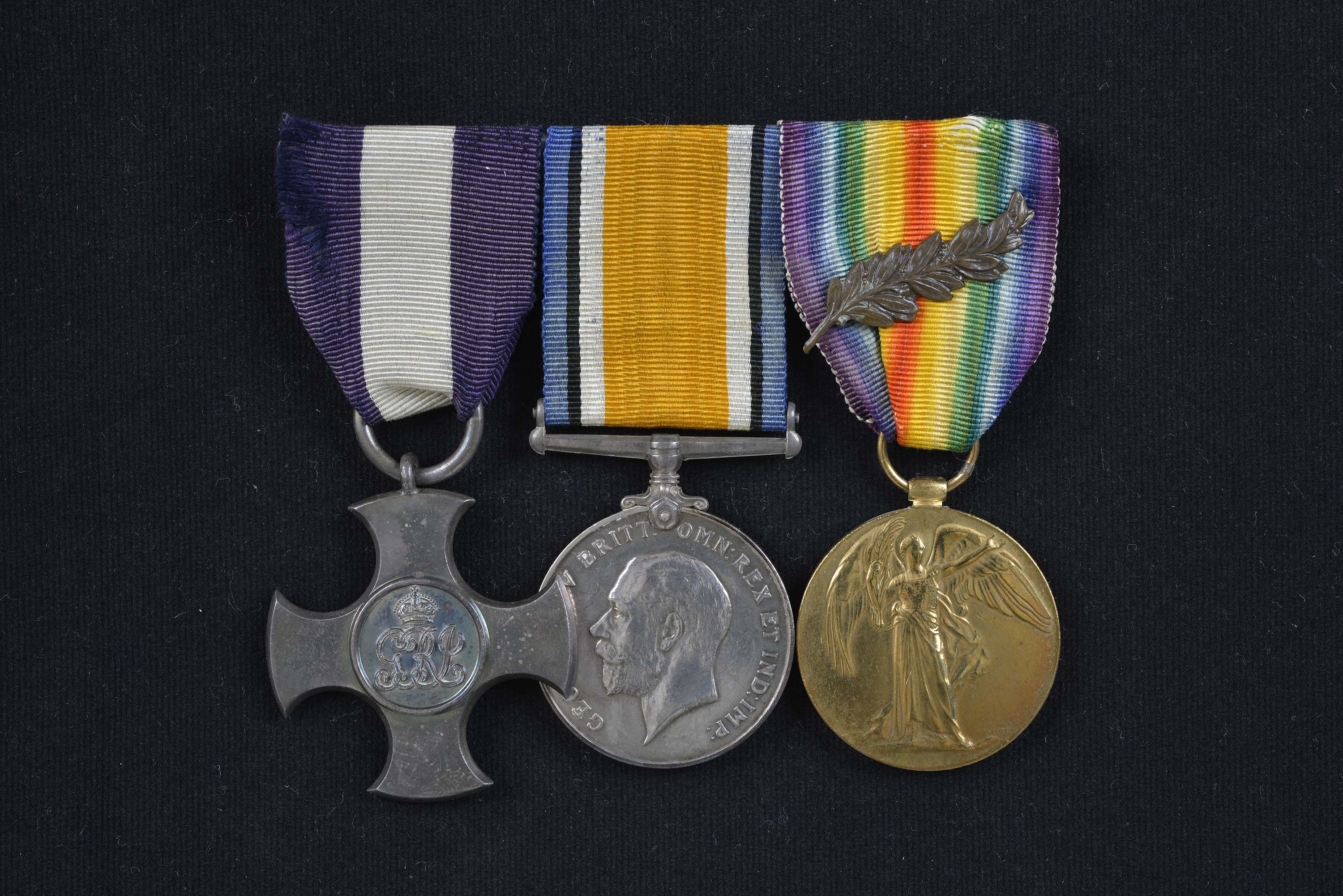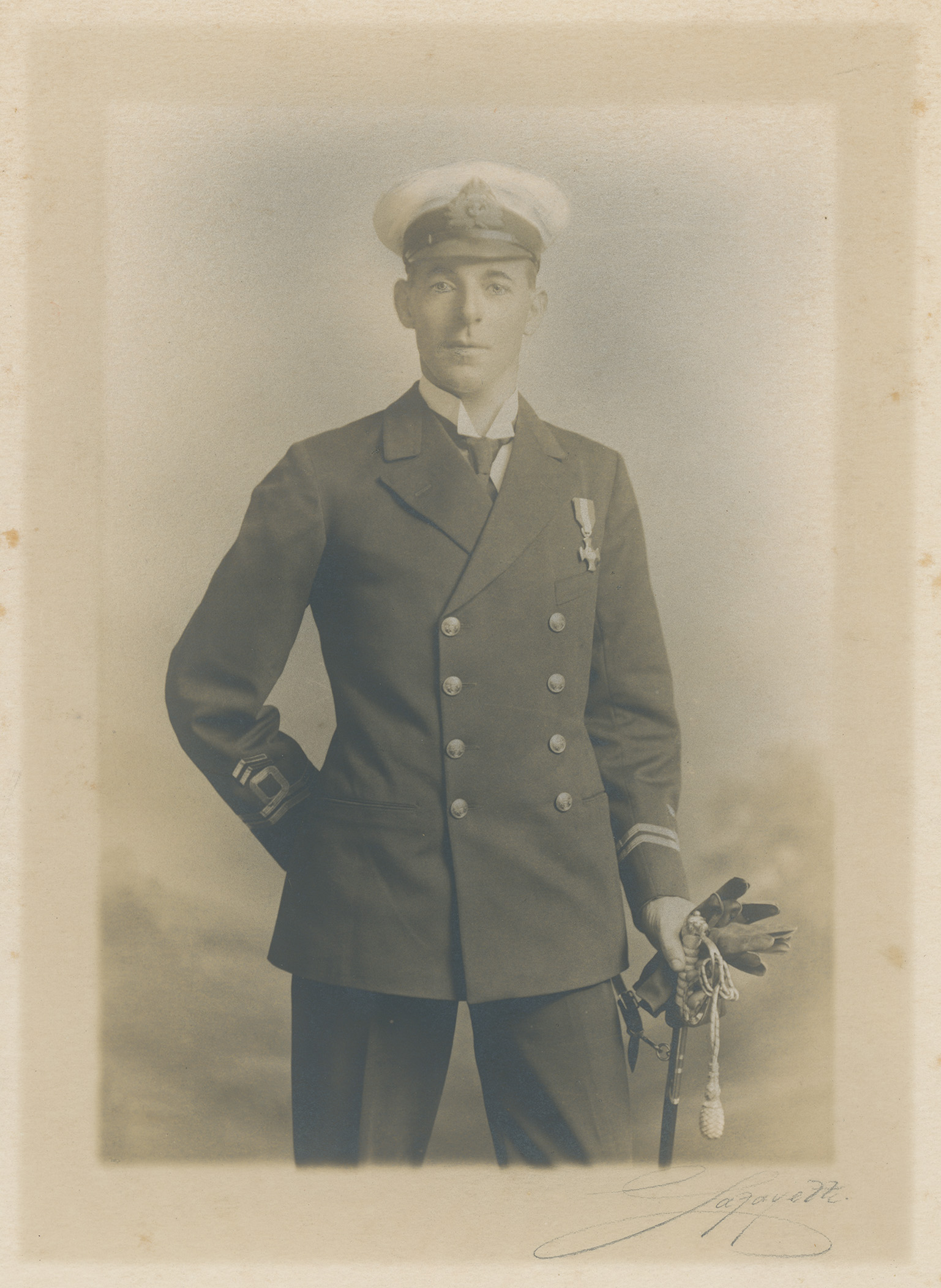

Display No. 17J
KIRKWOOD, Malcolm Stuart
Malcolm Kirkwood enlisted in the Royal Naval Volunteer Reserve (RNVR) for service with the Royal Naval Auxiliary Patrol during the First World War. Kirkwood was accepted for officer training and he, along with his brother Ronald, went to the United Kingdom for training as Sub-Lieutenant in 1916. He entered officer training at the Royal Naval College, Greenwich and after passing out from there, Kirkwood was posted to HMS Hermione, a depot ship where he undertook gunnery and other technical training. After passing his courses he was promoted to Temporary Lieutenant on 16 July 1917 and was posted to HMS Attentive III to serve in motor launches where he was mainly was attached to the ML 11. Kirkwood was awarded the Distinguished Service Cross (DSC) and Mentioned in Despatches (MiD) for his actions during the raid on Ostend, Belgium, 23-24 April 1918. During this action he served on ML532 for rescue work, and showed “coolness and courage” throughout the operations off Ostend. After his vessel was damaged alongside HMS Brilliant and the engineers gassed, he went down to the engine-room, which was full of fumes, and started the starboard engine, thereby saving the vessel from being either sunk or captured. Shortly afterwards he lost consciousness and was rescued with difficulty. He was then posted to HMS Arrogant and attached to ML 23. Kirkwood would return to Ostend for the second attempt in May 1918, but was operating in an offshore role while still under fire. He was reported in September 1918 as serving in HMS Pekin, a minesweeping trawler. He concluded his service in the RNVR on 17 February 1919 and he returned home. He was demobilised from the RNVR on arrival in New Zealand on 7 May 1919.
Awarded medal(s)
Medal Description [Left to Right]:
The Distinguished Service Cross (DSC)
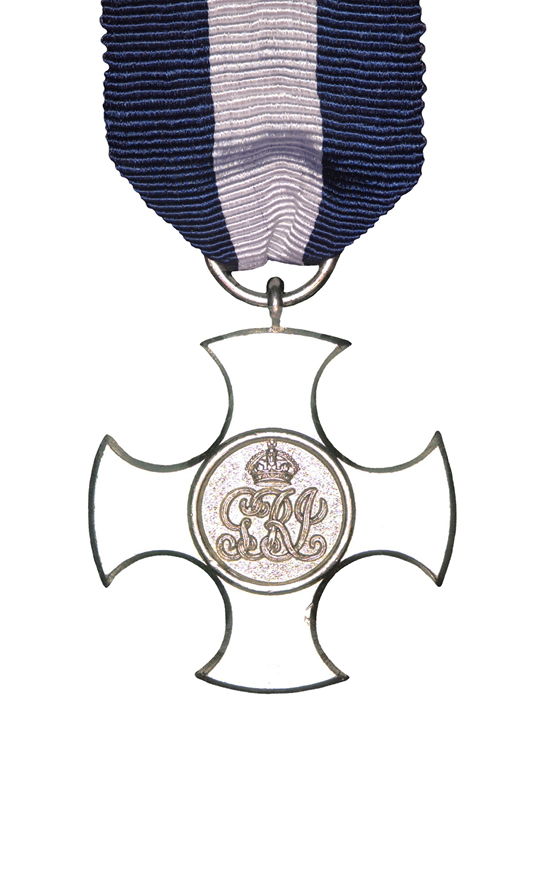
Instituted in 1901, as the Conspicuous Service Cross, this award was renamed the Distinguished Service Cross (DSC) in 1914. It was awarded to junior naval officers and senior naval ratings for courage and devotion to duty on active service. Eligibility was later extended to officers of the Merchant Navy and to Army and Air Force officers serving in HM Ships. Many New Zealand naval officers were awarded the DSC for their actions during the Second World War. Since 1993 the DSC has been made available to all ranks in the United Kingdom. The ribbon has three equal stripes of dark blue, white and dark blue. Bars are awarded for subsequent courageous acts.
The British War Medal
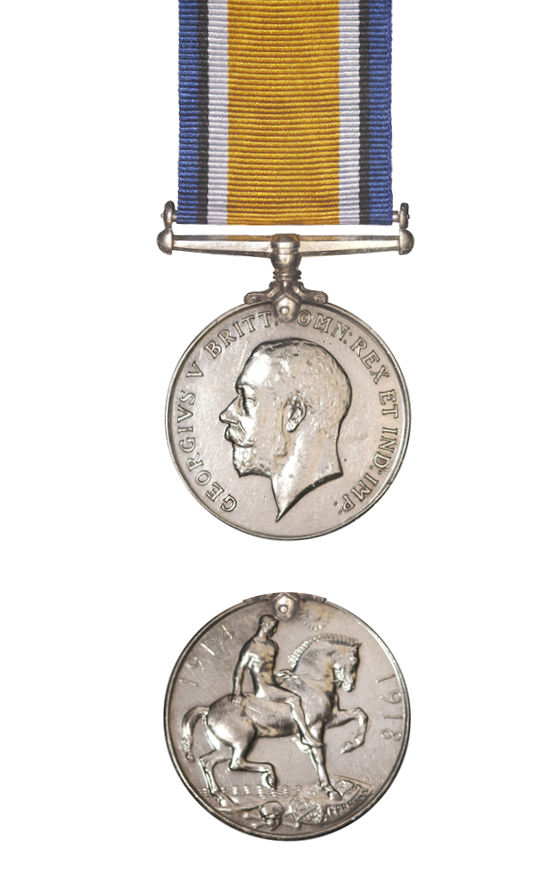
The British War Medal was instituted in 1919 to recognise the successful conclusion of the First World War (1914-1918). Its coverage was later extended to recognise service until 1920, recognising mine clearing operations at sea, and participation in operations in North and South Russia, the eastern Baltic, Siberia, the Black Sea and the Caspian Sea.
The Victory Medal
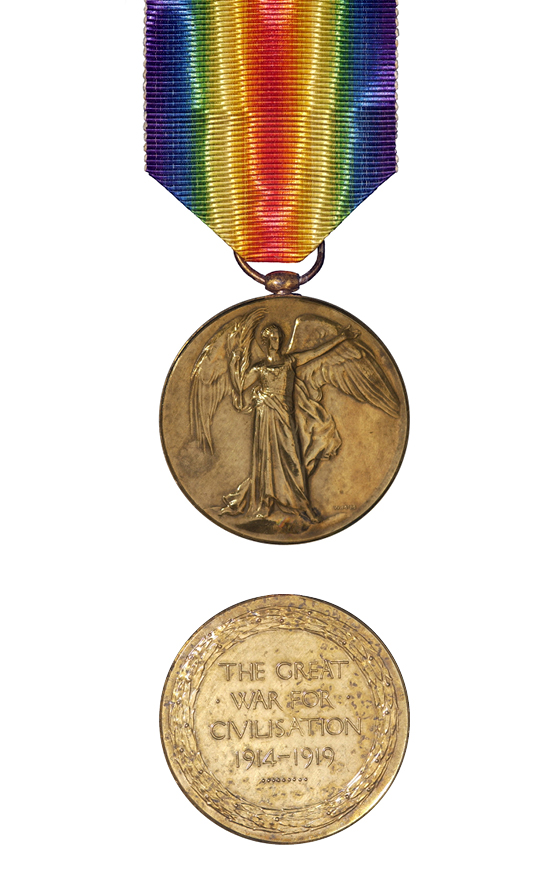
The Victory Medal was awarded in the First World War to all those who had already qualified for the 1914 Star or the 1914-15 Star, and to most persons who had already qualified for the British War Medal. The Victory Medal was awarded to all New Zealand troops serving overseas, except for those who arrived in Samoa after 30 August 1914 and those serving in Great Britain only. It has a unique double rainbow ribbon.
A bronze spray of oak leaves on the medal ribbon denotes that the recipient was Mentioned in Despatches during the period that the medal recognises. To be Mentioned in Despatches a member of the armed forces has had their name mentioned in an official report, written by a superior officer, and sent to a higher command. The report would describe the individual’s gallant or meritorious action in the face of the enemy.

